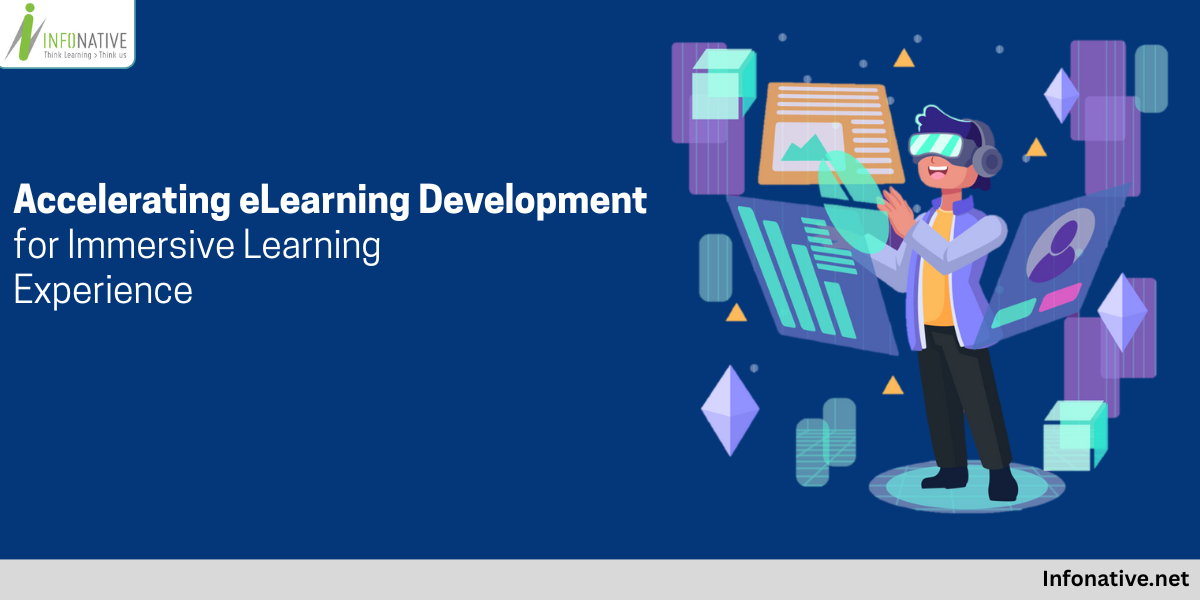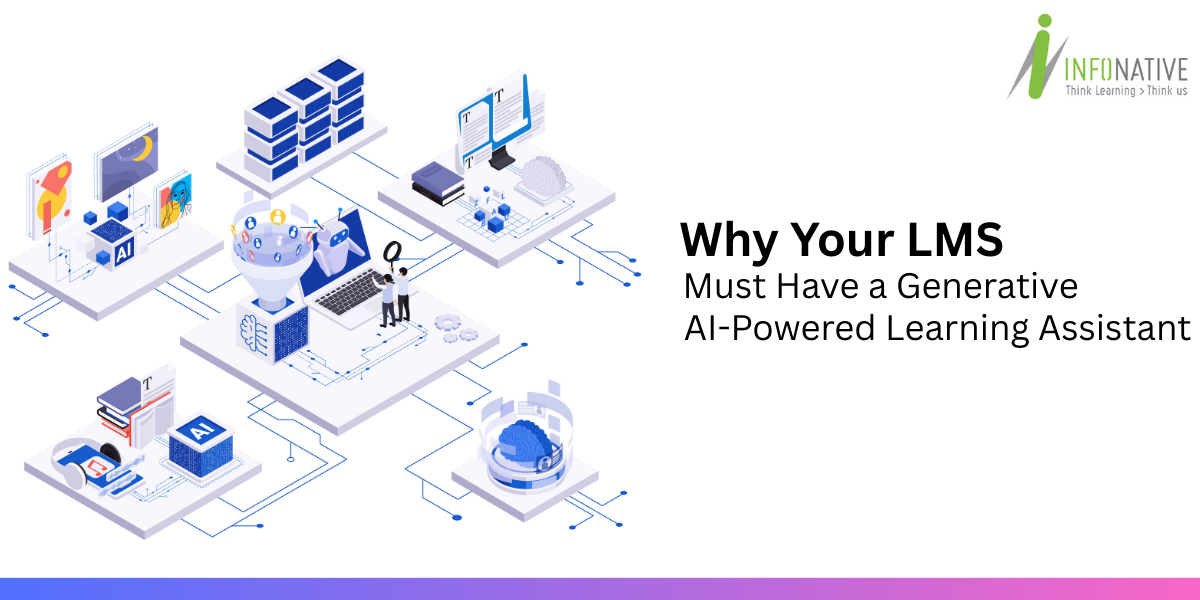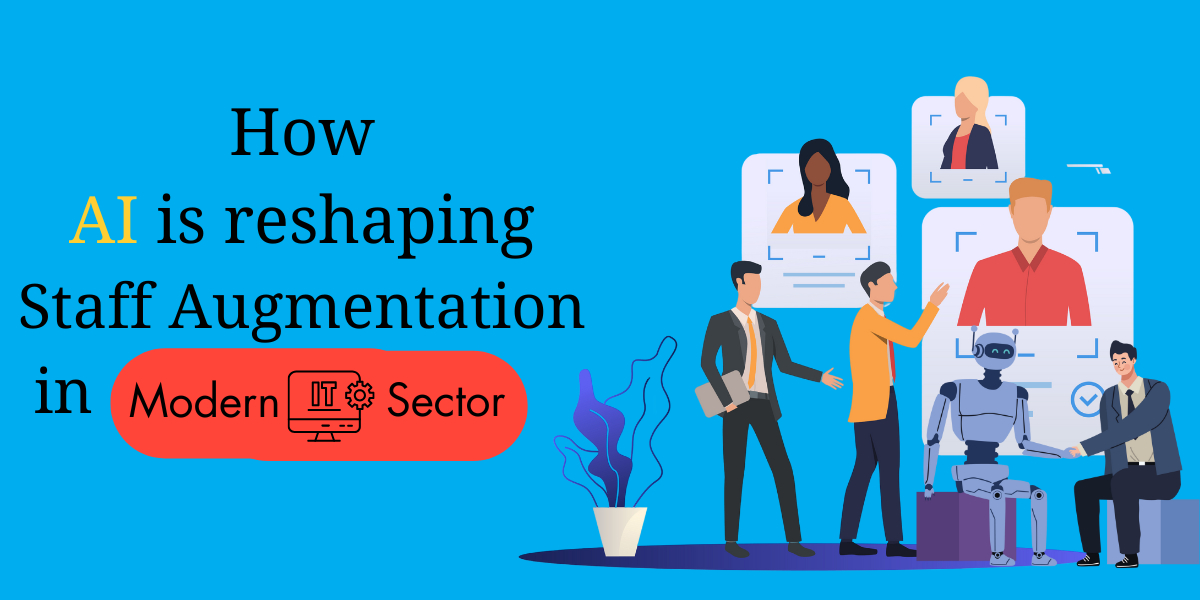The need for top-notch, interactive online education has surged dramatically. Organizations, educators, and training providers are racing to meet this demand while keeping up with technological advancements. Accelerating eLearning development for immersive learning experiences isn’t just a luxury—it’s a strategic imperative.
When done right, accelerated eLearning doesn’t sacrifice quality. Instead, it combines efficient processes, smart tools, and learner-centric strategies to deliver fast, scalable, and highly interactive digital learning. The goal? Speed up development while ensuring learners are engaged, motivated, and retaining knowledge.
The Importance of Immersive Learning in eLearning
Immersive learning involves deeply engaging learners using realistic scenarios, interactive elements, and multimedia to simulate real-world environments. This approach helps learners retain information better, practice decision-making skills, and apply knowledge in practical settings. Technologies like virtual reality (VR), gamification, and scenario-based learning have redefined how learners interact with content.
However, developing immersive experiences is traditionally time-consuming and resource-intensive. To meet tight deadlines and growing expectations, organizations need to adopt efficient development strategies.
Challenges in Traditional eLearning Development
Before delving into acceleration methods, it’s crucial to understand what slows down eLearning development:
• Manual design processes that require extensive time for scripting, storyboarding, and prototyping.
• Absence of standardized processes results in duplicated efforts and uneven content quality.
• Poor coordination and communication among subject matter experts (SMEs), instructional designers, and developers.
• Overreliance on custom coding, which extends timelines and raises costs.
Recognizing these obstacles allows developers to implement focused strategies that boost efficiency and accelerate production.
Strategies to Accelerate eLearning Development
1. Adopt Rapid eLearning Authoring Tools
One of the most effective ways to accelerate development is by using rapid eLearning tools like Articulate Storyline, Adobe Captivate, Lectora, and iSpring. These tools offer pre-built templates, drag-and-drop features, and integrations with multimedia, allowing instructional designers to produce interactive content quickly.
For immersive learning, tools like Vyond, Unity, or CenarioVR can be used to create simulations and branching scenarios efficiently.
2. Leverage Templates and Reusable Assets
Using pre-designed templates for modules, quizzes, and navigation allows teams to maintain consistency and speed up production. Reusable content libraries—including icons, animations, voiceovers, and slide layouts—save time and reduce the need to recreate elements from scratch.
Platforms like Elearning.market and eLearning Brothers offer a wide range of ready-to-use assets that can be customized as needed.
3. Embrace Agile eLearning Development
Applying Agile methodologies to instructional design, also known as Agile Learning Design, ensures faster iterations and early feedback. Instead of completing the entire course before review, teams develop in small sprints, allowing for quick updates based on stakeholder inputs.
This not only accelerates development but also results in better alignment with learner needs and business objectives.
4. Use AI and Automation Tools
Artificial intelligence (AI) is transforming the eLearning landscape. Tools like ChatGPT, Synthesia, or Pictory can generate scripts, video content, and voiceovers in minutes. AI-based LMS platforms also adapt learning paths based on learner behavior, enhancing personalization without manual effort.
Automation tools help with translation, accessibility compliance, and analytics, allowing developers to focus on creativity and design.
5. Streamline SME Collaboration
Efficient communication with subject matter experts is essential to avoid project delays. Using collaborative platforms like Trello, Asana, or Review 360 enables real-time feedback, version control, and faster approvals.
Early involvement of SMEs in the planning phase ensures accurate content and fewer revisions later in the process.
6. Prototype Early, Test Often
Developing a working prototype in the early stages helps stakeholders visualize the course structure, design, and interactivity. This approach minimizes misunderstandings and rework. User testing during the design phase also ensures that the course is intuitive and meets learner expectations.
Integrating Immersive Technologies Efficiently
While immersive tech adds value, not every course requires full-fledged VR or AR. Instead, blend immersive elements such as:
• 360-degree videos for virtual tours or site walkthroughs.
• Scenario-based learning with branching decision trees.
• Gamified quizzes and interactive role-plays.
• Microlearning modules with interactive video and feedback loops.
Choosing the right level of immersion based on learning objectives ensures balance between engagement and development speed.
Measuring the Impact of Accelerated eLearning
Quality should always be prioritized, even when working at speed. To ensure effectiveness, measure the impact of accelerated eLearning through:
• Learner engagement metrics (time spent, participation rate)
• Knowledge retention and performance improvement
• Feedback surveys and NPS scores
• Completion rates and course satisfaction
Using analytics tools within your LMS or xAPI-enabled systems helps you gather insights for continuous improvement.
Conclusion
Speeding up eLearning development isn’t about compromising quality—it’s about using smarter, more efficient strategies. By adopting modern tools, agile processes, and immersive design techniques, organizations can deliver high-quality learning experiences at scale. The result is a faster time-to-market, improved learner engagement, and a competitive edge in the ever-evolving digital learning landscape.
Immersive learning has evolved from a luxury to a standard learner expectation. With the right strategies, you can meet this demand swiftly and successfully.




